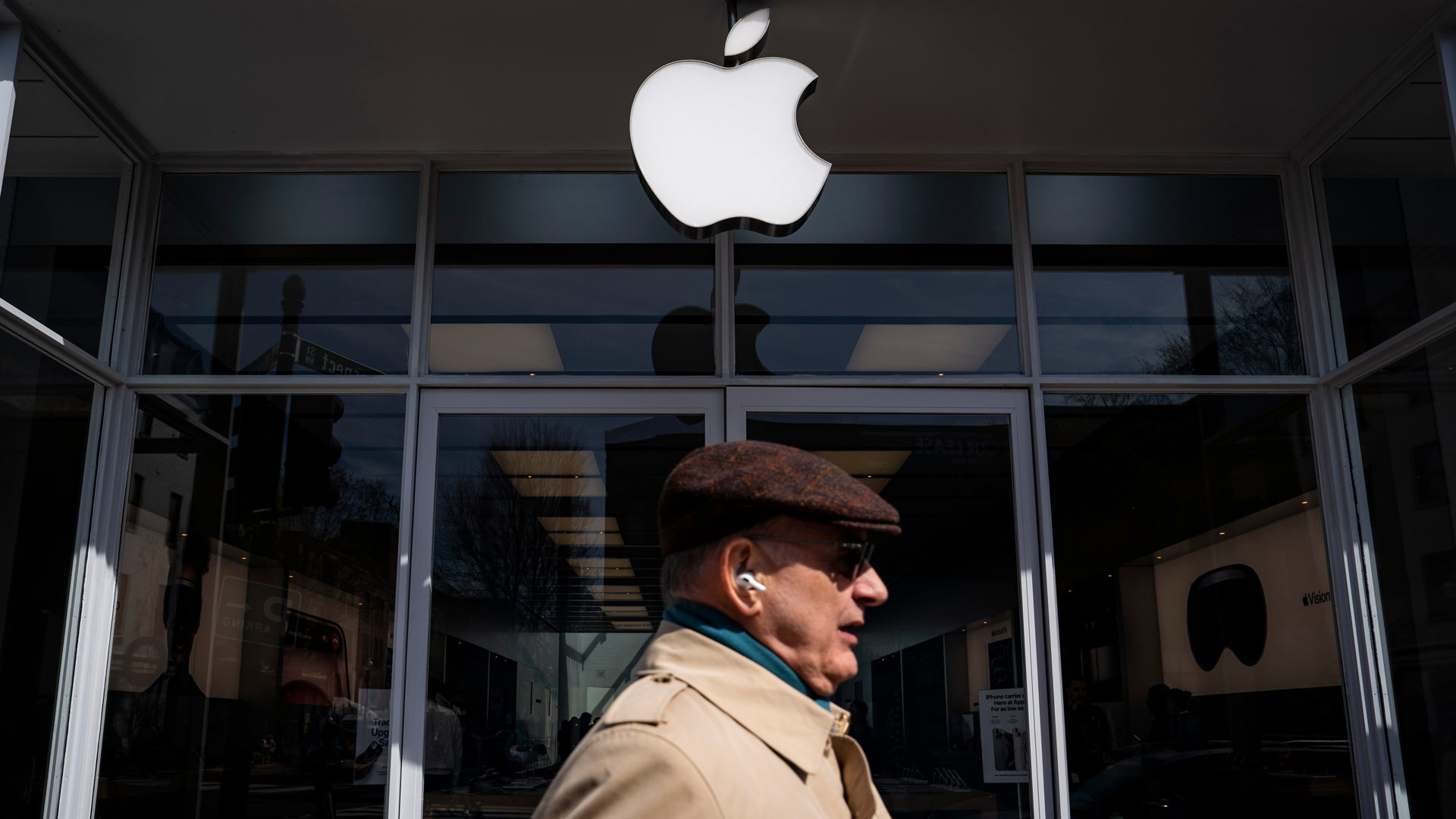
The smartphone market is not competitive. Whether or not Apple holds an anti-competitive monopoly is a matter for the courts to decide, but it seems clear that the smartphone market is designed to lock buyers into one brand, and that is bad for everyone.
Take a look at the list of the best phones published by many tech websites, like CNET. There is usually a best iPhone and a best Android phone, and never the two shall meet. Our own TechRadar list of the best phones you can buy in the US includes a best overall phone, but we may not bother with that superlative for much longer.
After all, if you have an iPhone now and you come to our list of best phones, would you really consider switching to a Samsung phone just because I said it was the best? Would you drop-kick your Apple Watch and your Apple AirPods Pro and trade in your iPhone 14 Pro Max for a Galaxy S24 Ultra? Probably not.
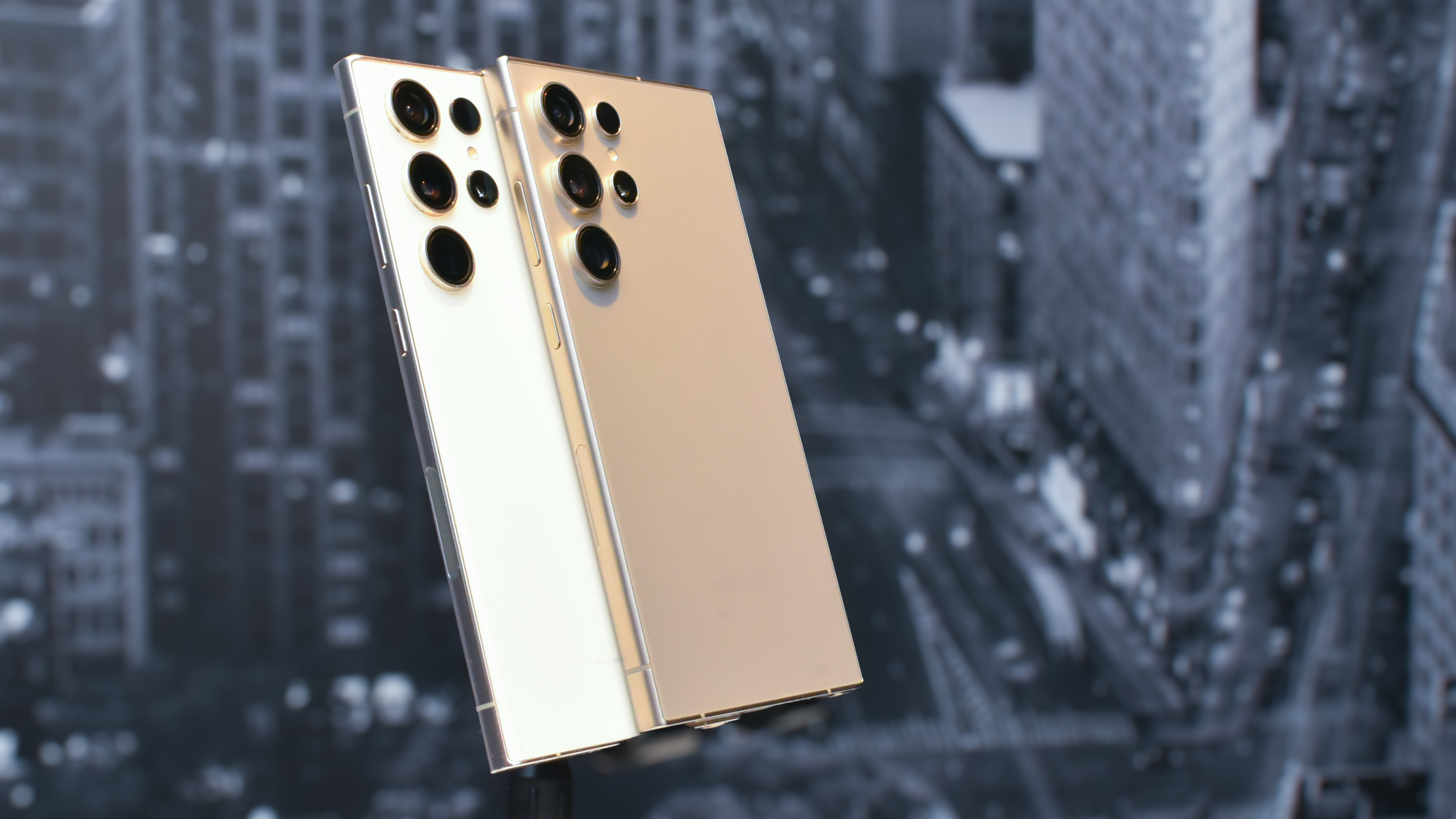
Apple doesn’t think anybody is switching, that’s for sure. If you try to buy a new Apple iPhone 15 Pro and trade in your old Samsung phone, the latest Samsung phone that Apple includes on its drop-down trade-in list is the Galaxy S22 Ultra 5G. That phone is two years old. Apple hasn’t felt the need to update its trade-in list for two years. There is not a single Galaxy Z Fold or Galaxy Z Flip on Apple’s list, not even the Galaxy S23 Ultra.
Measuring competition in the US smartphone market
The market is entrenched. While Apple can make disclaimers about holding only a small portion of the global market, in fact, the way an economist measures market competition, Apple is excruciatingly dominant.
When the US government is considering whether or not to allow a corporate merger, it looks at the HHI
When economists measure market competition, they start with a simple measure called the Herfindahl-Hirschman Index (HHI). The HHI gives every market a score. To find that score, you take the market players and you square their market share. Then you add them all together.
If there is only one company in a market, that company has a 100% share of the market. The square of 100% is 10,000, and therefore a 10,000 score on the HHI is the absolute maximum.
If there are ten companies and each company has an equal 10% market share, that means each company adds 100 to the HHI, and the total HHI for the market is 10 X 100 = 1,000.
When the US government is considering whether or not to allow a corporate merger, it looks at the HHI for the competitive market. If the HHI for a market is 1,500 or lower, it is considered competitive. A market with ten companies that each held an equal share would be very competitive.
If the HHI reaches 2,500, the market is considered highly concentrated. In a highly concentrated market, the government is more likely to challenge a corporate merger, especially if that merger would move the HHI score by 200 points or more.
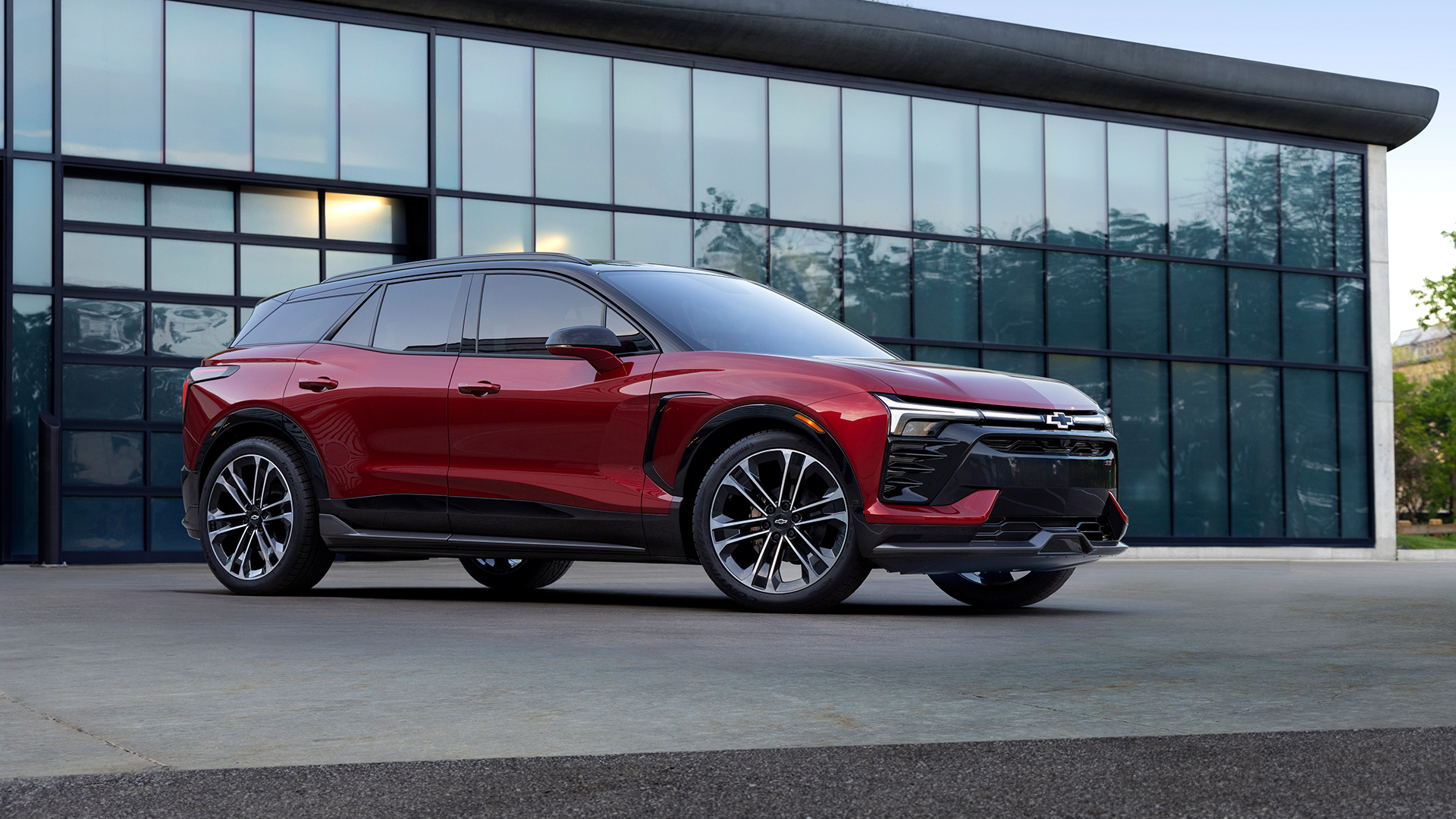
Look at the US car market. General Motors has the top spot with 17% of the market, and among the top ten automakers, Volkswagen lands near the bottom with just under four percent of the market. The HHI for the total US auto market is approximately 1,100, making it a competitive market.
The US smartphone market? A very different picture. Apple holds more than 60% of the market, while the number two phone maker, Samsung, sits at around 17%. Computing the HHI for US smartphones gives us an index of more than 4,200. This is not a competitive market in any way. Apple controls the US smartphone market.
To be fair, Apple argues that its share of the global market is much more competitive, and this is absolutely true. Accounting for the top ten global smartphone makers, the entire market scores around 1,700 on the HHI. The problem is that list includes phone makers like Xiaomi, Oppo (apart from OnePlus), Realme, and Huawei, which don't sell phones in the US.
More importantly, though, the US Department of Justice is responsible for the US market, not the global market.
A monopoly is about power, not percentage
Is Apple a monopoly? That’s a tough question, but before you can answer it, you must understand how the Department of Justice defines a monopoly.
A company approaches monopoly status when it holds “substantial market power that is durable rather than fleeting,” according to the DoJ. Market power means “the ability to raise prices profitability above those that would be charged in a competitive market.”
In other words, the DoJ says that if a company is so powerful in a market that it can charge whatever it wants, knowing you won’t ever leave and go to a competitor, it is a monopoly. In a healthy market, we have competition. New things get better. Old things get cheaper.
As the Department of Justice states, “competition spurs companies to reduce costs, improve the quality of their products, invent new products, educate consumers, and engage in a wide range of other activity that benefits consumer welfare.”
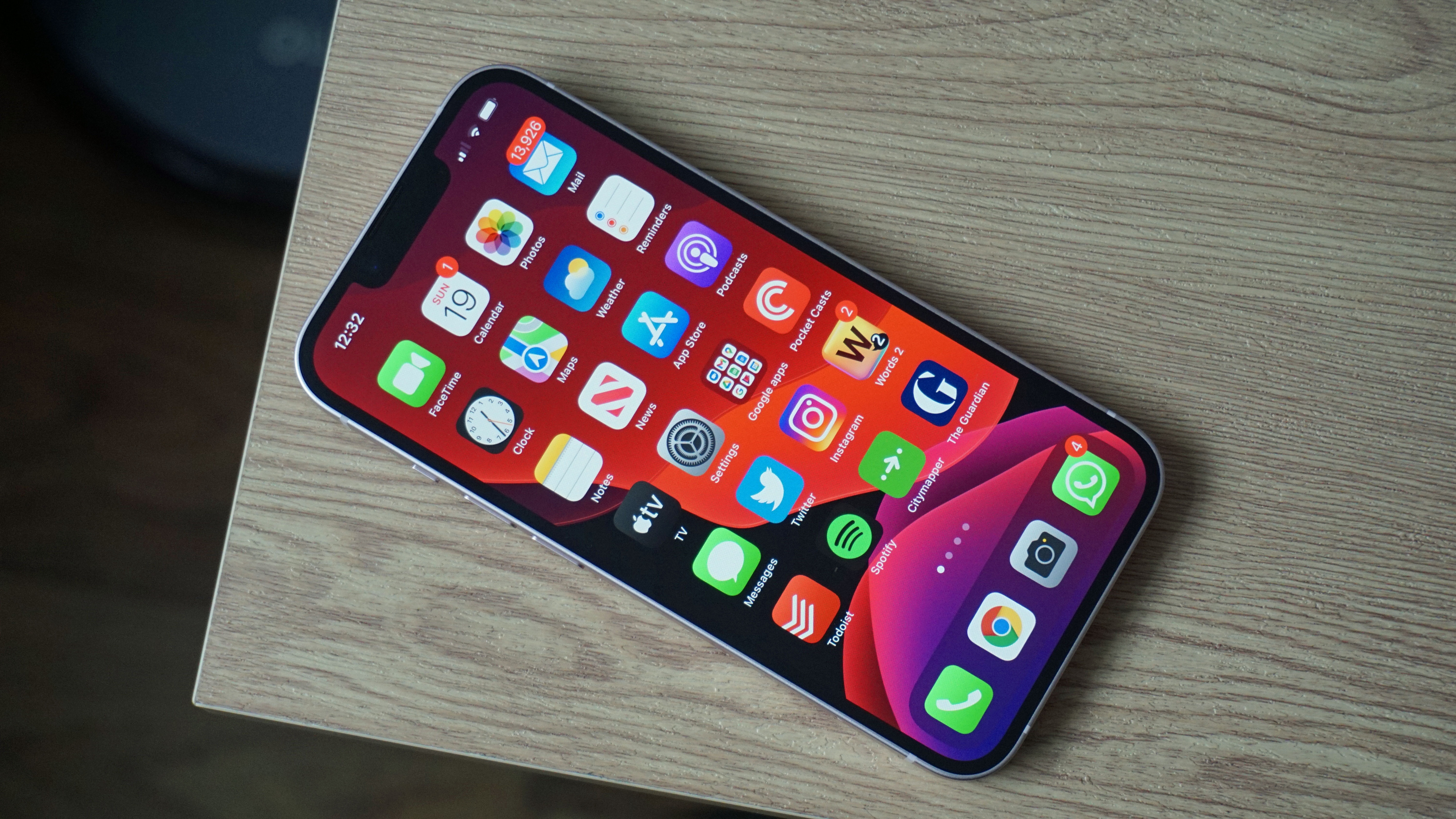
It is hard to look at the current smartphone market and believe that all of this is happening. We are not seeing cost reductions in smartphones, even on older phones that remain on sale after the newer model is launched. The prices just don’t drop as much as they should.
We’re not seeing major cost reductions. If we were, I’d be able to buy an old iPhone right now at a reduced price. In a normal market, I would expect a one-year-old phone to cost 10% less than a brand-new phone, and a two-year-old phone should be even cheaper. If I buy a TV, or a car, or other major appliances, that’s the savings I will get for buying leftover older models.
A two-year-old leftover phone should cost 20% less than a new phone. But look at the iPhone. Apple sells the iPhone 13, from 2021, for $599, when it originally cost $799 brand new. That means Apple only cuts prices by less than 8% every year. That’s not competitive. That’s control over the market.
In a competitive market, not every phone would copy the iPhone
If a phone veers too far from the iPhone formula, it won’t find space on carrier store shelves
We aren’t seeing consumer education about new phone technologies. With cars, people are learning about hybrid versus electric options. In home appliances, people are learning about the differences between heat pumps and air conditioning. Where is the education in phones? We aren’t seeing that wide range of activity that you’d expect from a mature market.
We have so many different types of cars, from the type of internal powertrain and the fuel it uses, to the body size and shape, to the levels of luxury. In the phone market we have the iPhone, and phones that try to imitate the iPhone. If a phone veers too far from the iPhone formula, it won’t find space on carrier store shelves. It won’t find developers to support its platform.
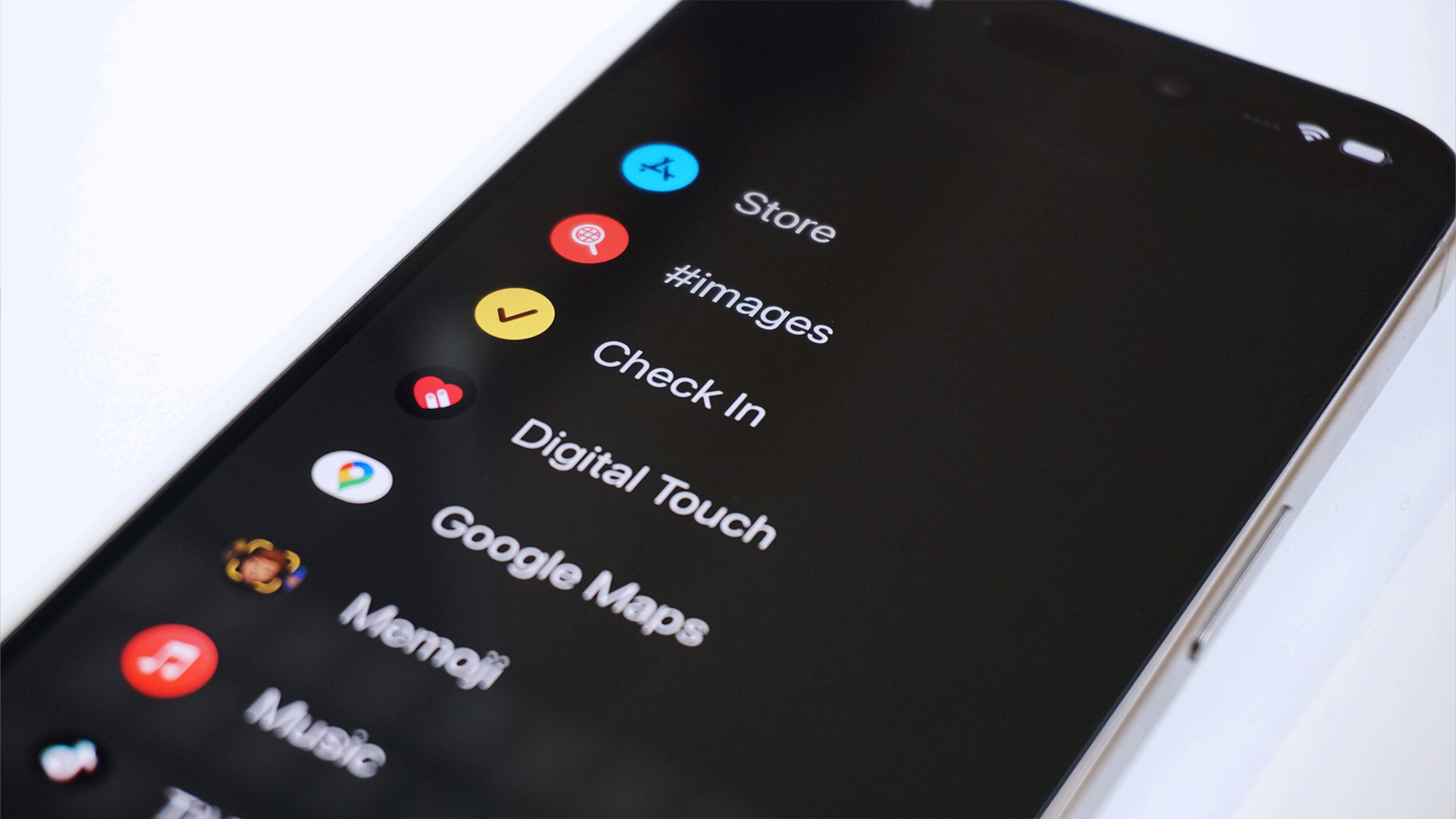
It won’t be compatible with the phone all of your friends use, because Apple has made sure that other phones don’t work properly with the iPhone. Apple has a great safety check in feature that lets my Dad know I’ve gotten home safely after my long drive home. Except I can’t use it with my Dad because he has an Android phone, not an iPhone.
Apple does not have an obligation to help its competitors or lose its competitive advantage. The US government, on the other hand, has an obligation to recognize when a market is no longer competitive, and one company is using its dominance to stifle evolution. That’s not the way it’s supposed to work. A company doesn’t win by holding back the market, it wins by making its own products better and more affordable.







